Nikon introduces the D800!
Nikon throws down the gauntlet!
With the release of its new D800 and D800E cameras boasting 36 megapixels, Nikon has carved a trajectory away from what many futurists envisioned and wowed us all in the process.
Though many die-hard photographers have long concluded that ISO trumps megapixels, it is difficult not to be lured to victory in the pixel race with this release.
So, what is it with this offering? Is Nikon looking, as Ken Rockwell suggests, to blast Canon back to the 1930's? Are they preempting the imminent Canon 5D Mark III? It's certainly possible. In this world of $3M superbowl ads, Nikon has just grabbed a headline.
The specs on the new camera(s) are as follows:
- 36 Megapixels
- 4 frames/sec (6 with battery pack)
- ISO 100-6400
- Full HD video (1080p at 30/25/24p)
With dual card slots, the D800 supports both CF and SD. The camera uses the En-EL15 battery – like the D7000. It also has an extended hand/battery grip and retains the pop-up flash of the D700. And by the way, the E model REMOVES the AA (anti-aliasing) filter – supposedly resulting in sharper images. Commercial shooters may be find its removal advantageous.
What are we to make, then, of this long-awaited Nikon? Some call the D700 a “cult” camera — it paved the way for enthusiasts and pros to acquire the best low light performance in class, not to mention in the industry.
It is renowned as the wedding camera go-to given its light(er) bod and its superb performance. Does the D800 represent such a leap? And furthermore, what about this iteration's ISO performance? Time (and testing) will tell.
We will not be able to conclude in responding to these questions until the camera is in people's hands and is thoroughly vetted. It seems to me, though, that given the specs, the camera is a D700 with a huge pixel count.
I had been hoping that Nikon might further wow us with ISO improvements, but it looks like they have chosen a different course.
Is this because we can already practially shoot in the dark with the D4, not to mention the D700?? Or has Nikon decided to grab a headline whilst they forge ahead into unchartered territory.
Being a Nikon enthusiast, I tend to trust the company's instincts — and I gotta say that I am *really* tempted to try to scrape together a large hunk of change to pre-order my D800 before they are gone.


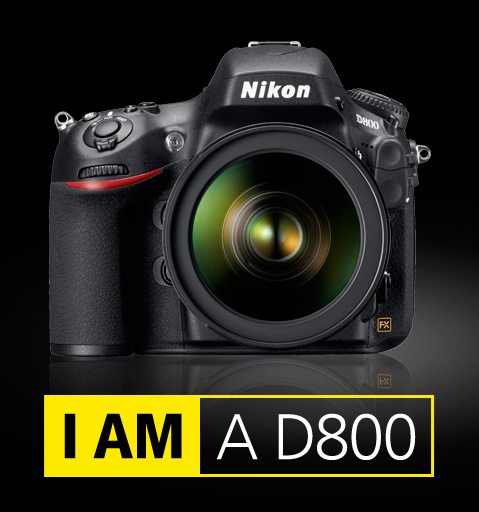
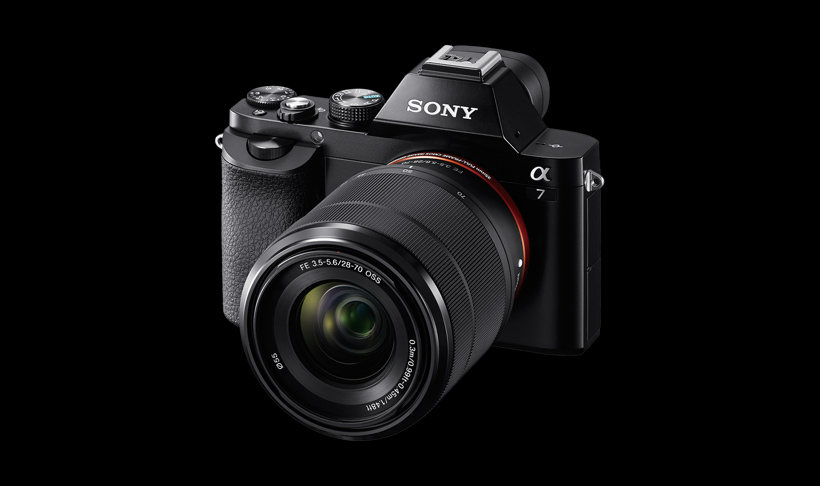
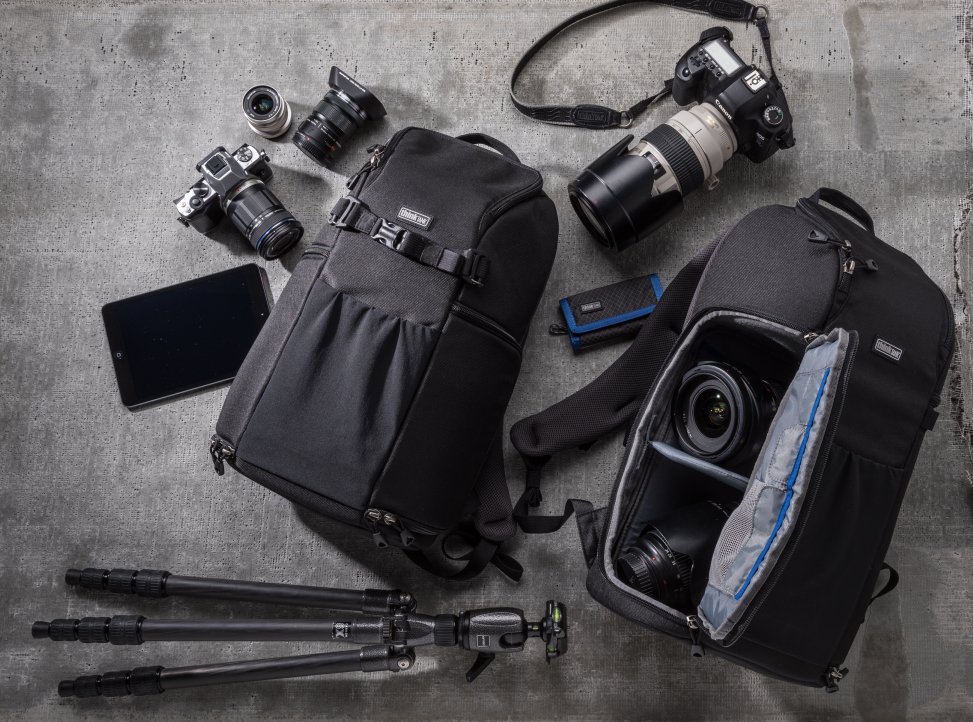
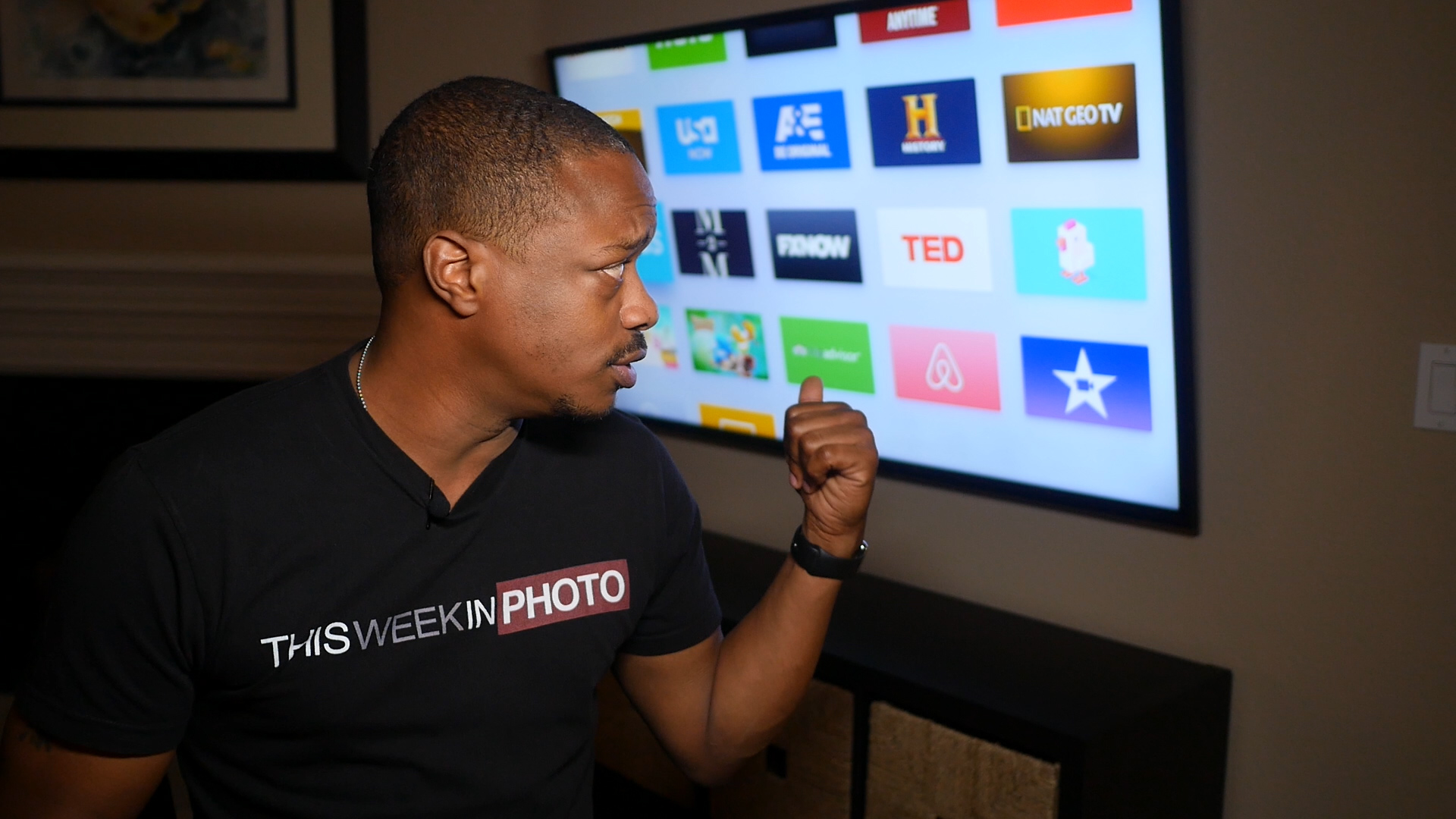
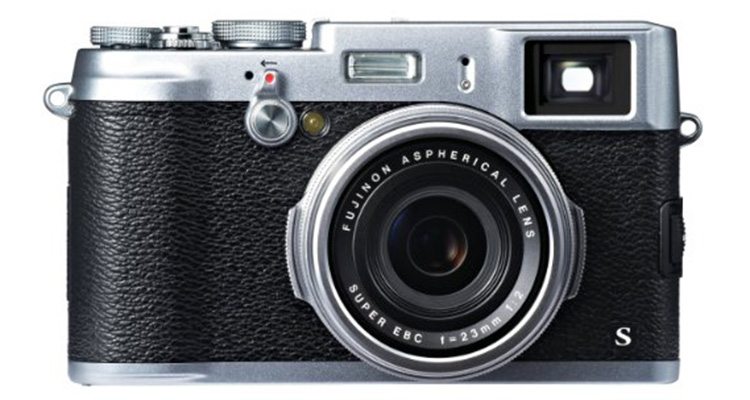
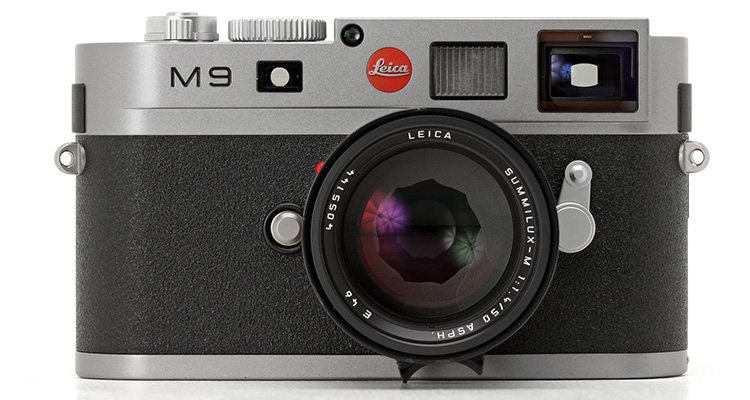
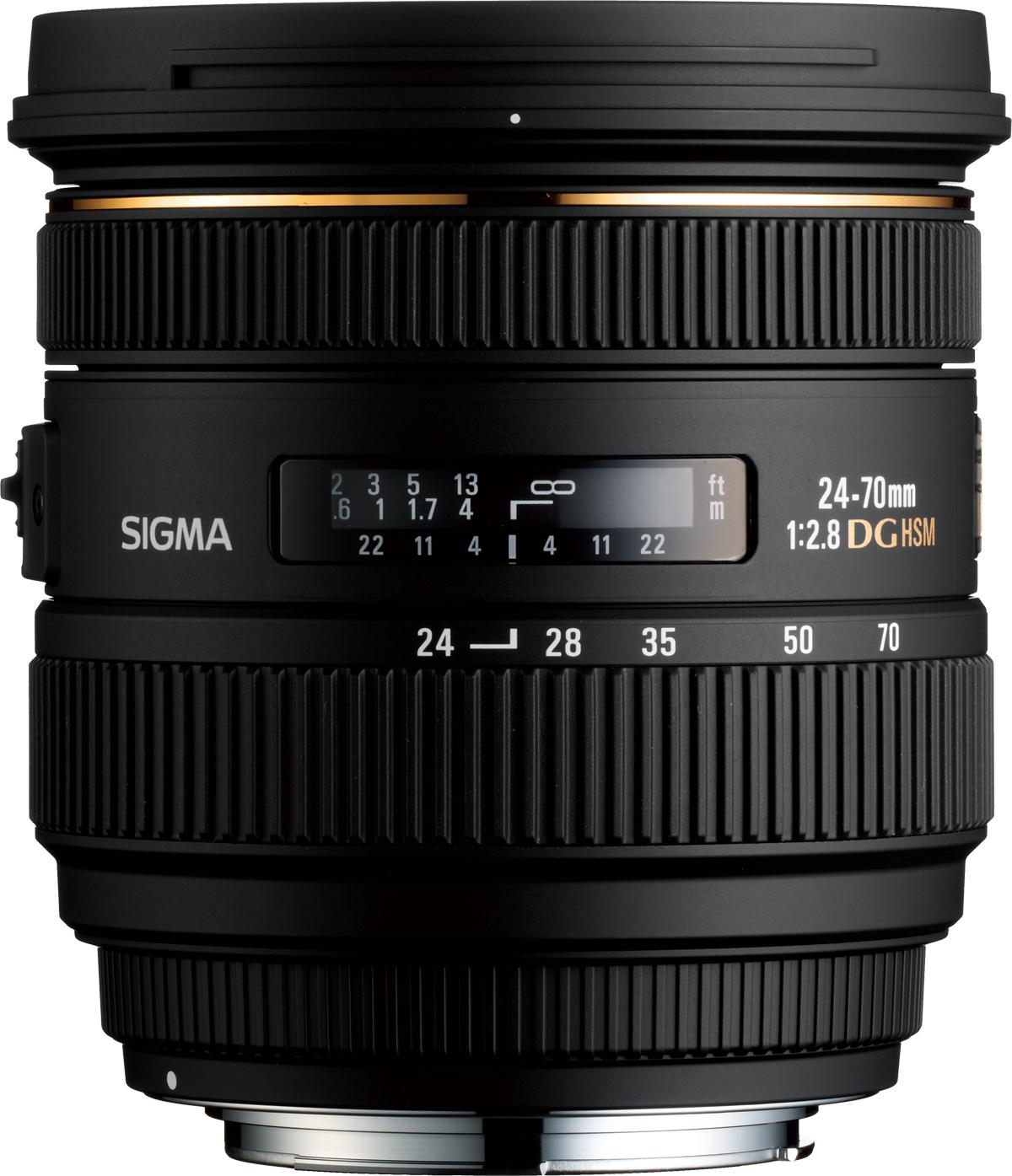
The D800E REMOVES, not ADDS the AA filter. The AA filter slightly blurs the image, and is common on nearly all DSLRs. Without it, you get a much sharper image, but risk moire, as Nikon’s information has pointed out. This can be dealt with in post-processing.
We were correcting that as you commented! Thanks Brian.
Thanks Frederick. Love listening to you guys every week. I might have to get one of these later this year. The D4 arrives for me in late February.
This sems like a great studio or landscape camera but with its pixel density so high I want to see high iso performance before ordering one.
Sounds interesting, your comments. Espescially the part about waiting to get in ones hands and test in the real world. I am a fan of ISO over Hi-Res. But understand the logic with Hi-Res bodys using proper lighting. or slow shutter speeds. Since I’m comming from a 7D any FF back will work nicely for me. I hope Canon 5D iii or 5Dx comes in at under 26 megapixles. with one stop ISO performance and dynamic range over the current 5D ii. And the rumored specs of 61 AF points.
About when the Canon 5dMk2 came out wasn’t Nikon saying about 14 megapixels
was the optimum for cameras? Now they seem to be upping the ante
on the megapixel wars, what significant technical changes have occurred at Nikon to make them change their philosophy?